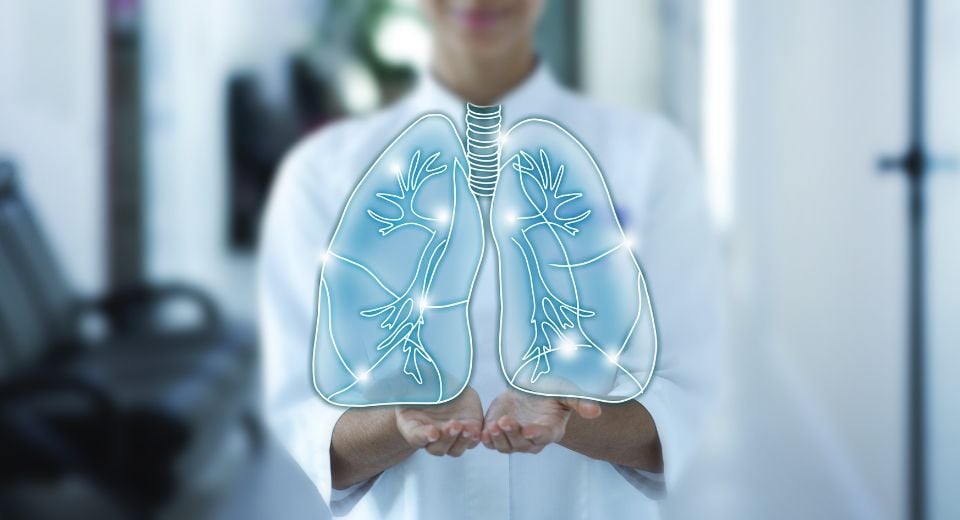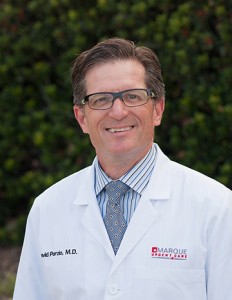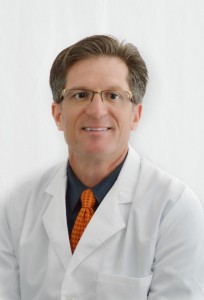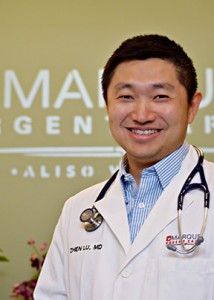
Whooping Cough on the Rise by Dorcas M. Eaves, M.D., MSS, AACPE
Whooping cough, also known as pertussis, has reached an epidemic level in California in 2014. This week ABC News reports that our state is facing

Q. and A. with Dr. Kiskila- This Month’s Topic: Probiotics
Question– Dr. Kiskila, what are probiotics? Answer– Probiotics are “good bacteria” that live in the body to help it work well and help defend the

Irritable Bowel Syndrome (IBS)
Author: David Porzio, MD What is Irritable Bowel Syndrome? It’s a common condition that affects your colon which causes cramping, abdominal pain, bloating, gas, diarrhea

Q&A with Dr. Kiskila: Bronchitis
Author: Nathan Kiskila, MD Question- Dr. Kiskila, what is bronchitis? Answer- Bronchitis is an upper respiratory infection that develops when the airways in the lungs,

Hospital Associated Infections (HAIs) by David G. Porzio, M.D.
Recent statistics show that 75,000 people are killed annually by hospital-acquired infections. Bacteria, fungi, and viruses can lurk in many places ranging from bed linens

How to Prevent a Heart Attack (Or Not) by David G. Porzio, M.D., FACC
I often see a patient who requests that I…“check out his/her heart…. because I don’t want to have a heart attack”. Well I am here

Q. & A. – Flu Shots with Nathan Kiskila, M.D.
This Month’s Topic: Flu Shots Question- Dr. Kiskila, do flu shots really work? If so, why? Answer- According to the Centers for Disease Control

The Flu vs. The Common Cold by Richard Lu, M.D.
The flu season is quickly approaching and it is necessary to be prepared. It can begin as early as October and occur as late as

Health Matters for Teenagers by Alison Sims M.D.
Every fall I have the pleasure of examining our bright young tweens and teens for their school sports physicals. It is always a joy to
